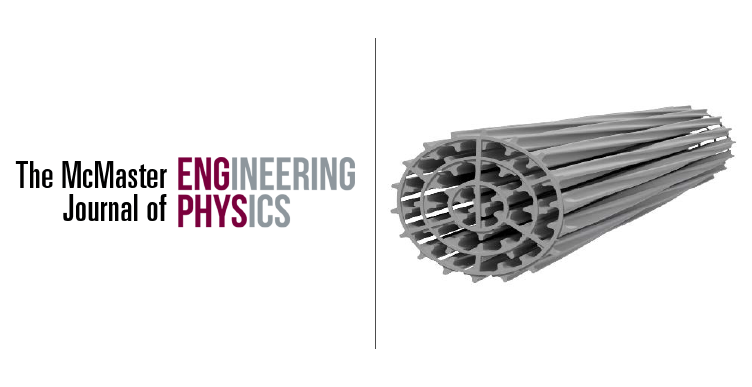A Theoretical Analysis of Fluorine-18 Production using Petawatt Laser Technology
Résumé
A theoretical analysis of a new method of producing Fluorine-18 for medical purposes is performed. The results of various experiments, and previous theoretical work are used to estimate the amount of F-18 that can be generated through the 18O(p,n)18F reaction if protons accelerated using a Petawatt laser are used instead of the conventional method of using a cyclotron. We show that the yield of such a device would be far too low for practical use, and discuss how laser technology would need to change in order to make the device feasible.
Références
IAEA. Cyclotron produced radionuclides: Principles and practice.
Technical Report Series
, 465, 2008.
Roberto Strangis. Reliable fluorine-18 production at high beam
power.
Cyclotrons and Their Applications
, 18th International
Conference, 2007.
R. A. Snavely et al. Intense high-energy proton beams from
petawatt-laser irradiation of solids.
Physical Review Letters
, 85
(14), 2000.
J. Badziak et al. Laser-driven generation of ultra-intense pro-
ton beams.
Radiation Effects Defects in Solids: Incorporating
Plasma Science Plasma Technology
, 165(65), 2010.
E. Hess et al. Excitation function of the 18o(p,n)18f nuclear re-
action from threshold up to 30 mev.
Radiochim. Acta
, 89, 2001.
Sigma-Aldrich.
https://www.sigmaaldrich.com/catalog/
product/aldrich/487090?lang=en®ion=CA
, 2017.
S. Uehara et al. Calculations of electronic stopping cross sections
for low- energy protons in water.
Radiation Physics and Chem-
istry
, 2000.
University of Texas.
http://texaspetawatt.ph.utexas.edu/
laser-capabilities.php
, 2017.
Téléchargements
Publié-e
Numéro
Rubrique
Licence
Authors who publish with this journal agree to the following terms:Authors retain copyright and grant the journal right of first publication with the work simultaneously licensed under a Creative Commons Attribution License that allows others to share the work with an acknowledgement of the work's authorship and initial publication in this journal.
Authors are able to enter into separate, additional contractual arrangements for the non-exclusive distribution of the journal's published version of the work (e.g., post it to an institutional repository or publish it in a book), with an acknowledgement of its initial publication in this journal.
Authors are permitted and encouraged to post their work online (e.g., in institutional repositories or on their website) prior to and during the submission process, as it can lead to productive exchanges, as well as earlier and greater citation of published work.


